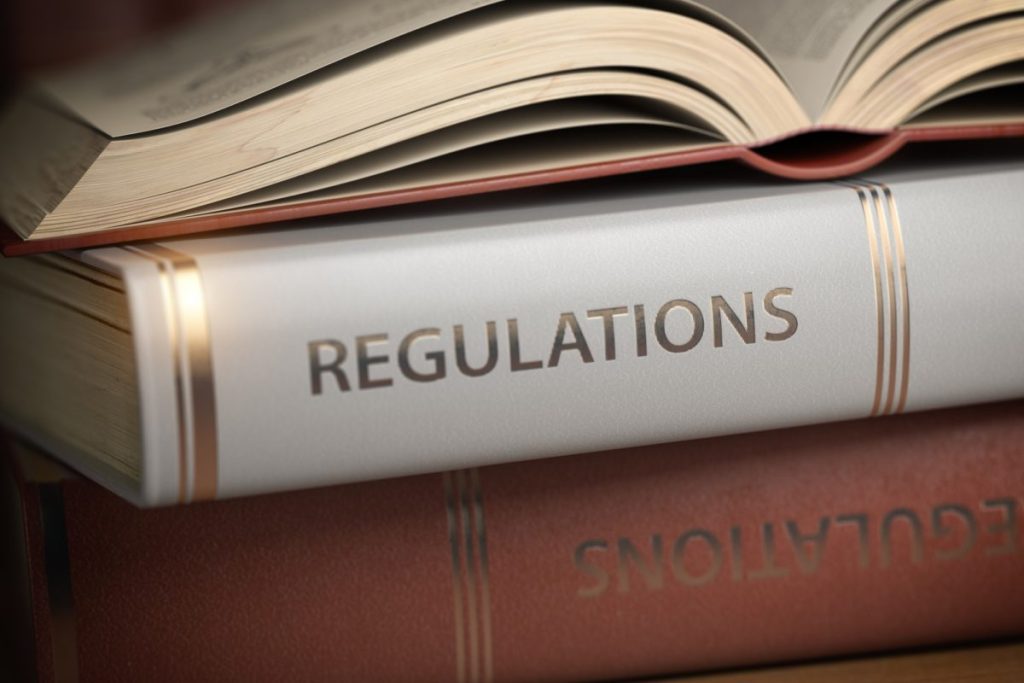Organizations continually face challenges from emerging demands to drive greater quality, ensure information security, and sustain value-driven performance. The need for establishing a credible reputation has led to a wide variety of interventions in complying with stringent information security measures. The traditional business environment dealt with governance, risk and compliance as separate entities without a convergent focus.
Organizations now need to break away from the isolated efforts in IT compliance to effectively manage security and increasing costs. There is a greater need for a unified compliance framework that can address all compliance issues in an integrated and seamless manner. This approach helps to manage all aspects of governance risk and compliance in a centralized manner so as to promote greater transparency and accountability.
Understanding the nuances of a Unified Framework
Having a unified compliance framework simplifies security compliance to a large number of regulations and standards helping build a controllable environment for effective security. The initiative to adopt an integrated approach has been undertaken by many companies to increase the agility of business with strict adherence to compliance parameters. This means that all external and internal compliance issues are addressed with a focus on the risks involved in financial matters, HR policies, standard quality, IT governance and safety regulations.
An integrated GRC framework is the most ideal solution that creates value, reduces costs, generates more revenue and provides a competitive edge to businesses. These solutions are easy to deploy for all management purposes with context-based inference engines, advanced alert processing and easy logging in and monitoring solutions.
Characteristics of a Unified Compliance Framework
The unified compliance framework was developed to simplify the certification processes and reduce the time required for compliance regulations. Its key beneficial features include:
- A fully automated process that handles end-to-end management of security, compliance, auditing and risk management needs
- A cost-effective software-as-a-service model to address all GRC compliance requirements through cloud-based and on-premise deployment offerings or a hybrid model requiring very less investment with high returns. A single and centralized repository for all regulations and compliance standards.
- Quick communication enabled by the electronic workflow.
- Augment the automated data collection, when required, through manual processes to accommodate the human judgment through manual processes where automation could be difficult
- An efficient system to generate reports facilitating the export of data to other systems within the enterprise.
- Quick dashboard view of the compliance status, with the capability to identify and initiate remediation action to ensure regulatory compliance across various units in different geographical locations.
- Modification of existing compliance frameworks and the framework has capabilities to build customized solutions to meet the business objectives.
- Easily handle all exceptions and activities pertaining to compliance.
- Audit trail of all actions related to compliance.
Effective Governance, risk management and compliance measures when implemented separately provide benefits in fragments, minuscule impact on the business. If these are integrated, they can add value to the company by enhancing the compliance management framework and meeting the objectives. The integrated GRC platform provides comprehensive solutions and helps businesses to identify risks easily and evaluate the outcome of strategic business models.


